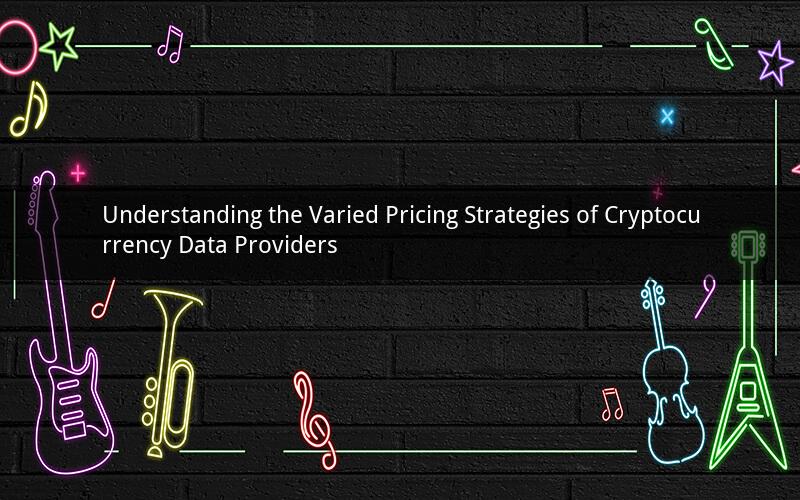
In the rapidly evolving world of cryptocurrencies, data providers play a crucial role in offering real-time and accurate information to investors and traders. However, one question that often arises is why are prices different among cryptocurrency data providers? This article delves into the factors contributing to the variations in pricing among these providers, highlighting the importance of choosing the right data source for informed decision-making.
1. Data Collection Methods
The primary factor that contributes to the differences in pricing among cryptocurrency data providers is the method of data collection. Each provider has its unique approach to gathering information, which can significantly impact the accuracy and timeliness of the data.
a. Exchanges and Marketplaces: Some data providers rely on aggregating data from various exchanges and marketplaces to offer a comprehensive view of the cryptocurrency market. This approach ensures that the data reflects the broader market trends, but it may also introduce discrepancies due to the differences in trading volumes and liquidity across different platforms.
b. On-chain Data: Other providers focus on on-chain data, which involves analyzing the underlying transactions and activities on the blockchain. This method offers a more granular view of the market, but it may not always capture the broader market sentiment, leading to potential discrepancies in pricing.
c. API Integration: Some providers use a combination of on-chain data and exchange data by integrating with APIs from various exchanges. This approach aims to strike a balance between accuracy and timeliness, but it may still suffer from inconsistencies due to the varying quality of APIs and the limitations of data providers' algorithms.
2. Data Processing and Analysis
Once the data is collected, the next crucial step is processing and analyzing it. The methods and algorithms employed by data providers in this stage can significantly influence the pricing and accuracy of the data.
a. Aggregation Algorithms: Some providers use advanced aggregation algorithms to combine data from multiple sources, ensuring a more accurate representation of the market. However, the effectiveness of these algorithms can vary, leading to differences in pricing among providers.
b. Data Filtering: Data providers often filter the raw data to remove noise and outliers, which can impact the accuracy of the pricing. The criteria used for filtering and the algorithms employed can vary, contributing to the differences in pricing.
c. Time Lag: The time lag between data collection and processing can also affect pricing. Providers with a shorter time lag may offer more up-to-date data, potentially justifying higher pricing compared to those with longer time lags.
3. Subscription Models and Value Proposition
Another factor contributing to the differences in pricing among cryptocurrency data providers is their subscription models and value propositions.
a. Premium vs. Free Services: Some providers offer premium services with additional features and more comprehensive data, justifying higher pricing. On the other hand, free services may have limited features and data, leading to lower pricing.
b. Customization and Support: Providers that offer customizable solutions and dedicated support may charge higher prices. The value proposition of these services can vary, leading to differences in pricing.
c. Market Position and Branding: Established data providers with a strong market position and brand recognition may charge higher prices. Newer providers may offer competitive pricing to gain market share.
4. Regulatory Compliance and Security
Regulatory compliance and security are critical factors that can influence pricing among cryptocurrency data providers.
a. Compliance Costs: Providers that adhere to strict regulatory standards may incur higher costs, which can be passed on to customers in the form of higher pricing.
b. Security Measures: Providers that invest in robust security measures to protect customer data may charge higher prices to cover the associated costs.
5. Conclusion
In conclusion, the differences in pricing among cryptocurrency data providers can be attributed to various factors, including data collection methods, data processing and analysis, subscription models, regulatory compliance, and security measures. As an investor or trader, it is crucial to evaluate these factors to choose the right data provider that aligns with your needs and budget.
Questions:
1. How does the method of data collection impact the accuracy of cryptocurrency market data?
2. What are the advantages and disadvantages of using on-chain data for cryptocurrency analysis?
3. How can data providers ensure the consistency and reliability of their pricing models?
4. What are some key factors to consider when comparing the value proposition of different cryptocurrency data providers?
5. How can investors and traders mitigate the risks associated with using cryptocurrency data providers?